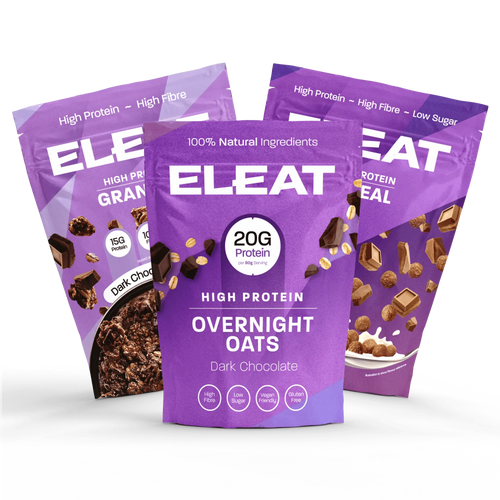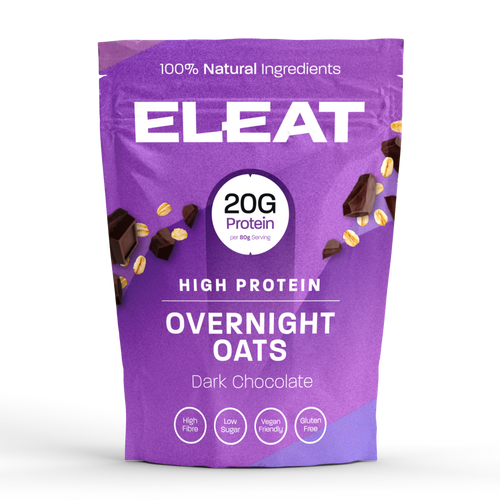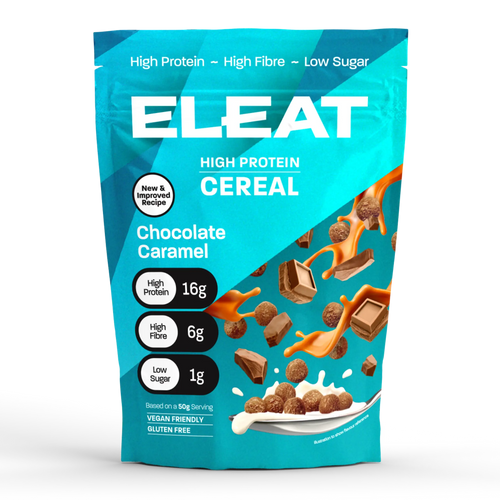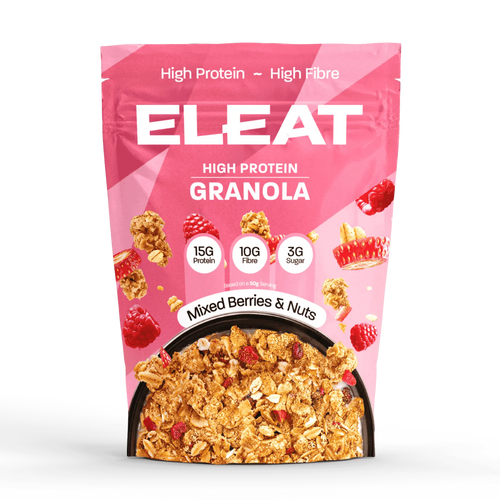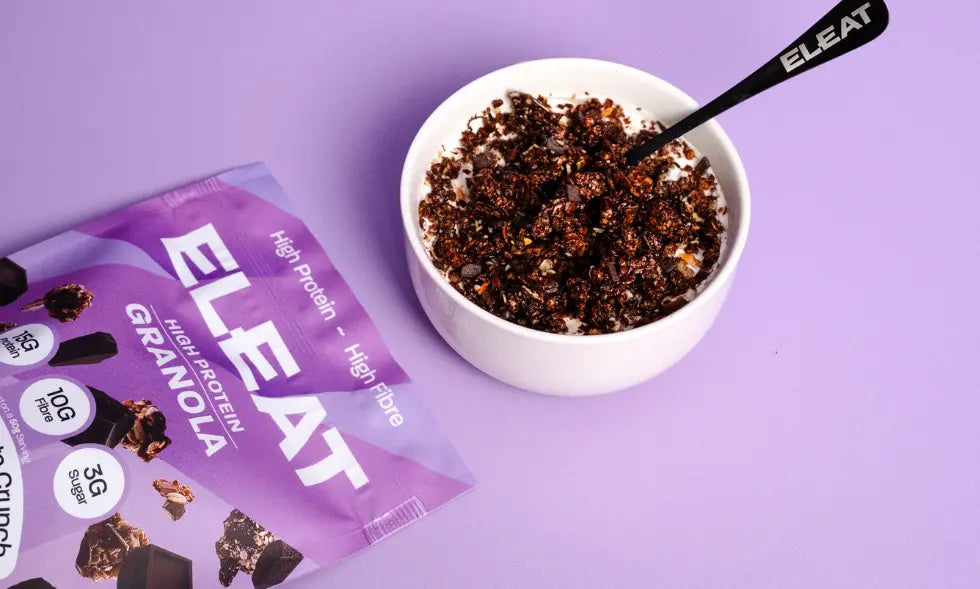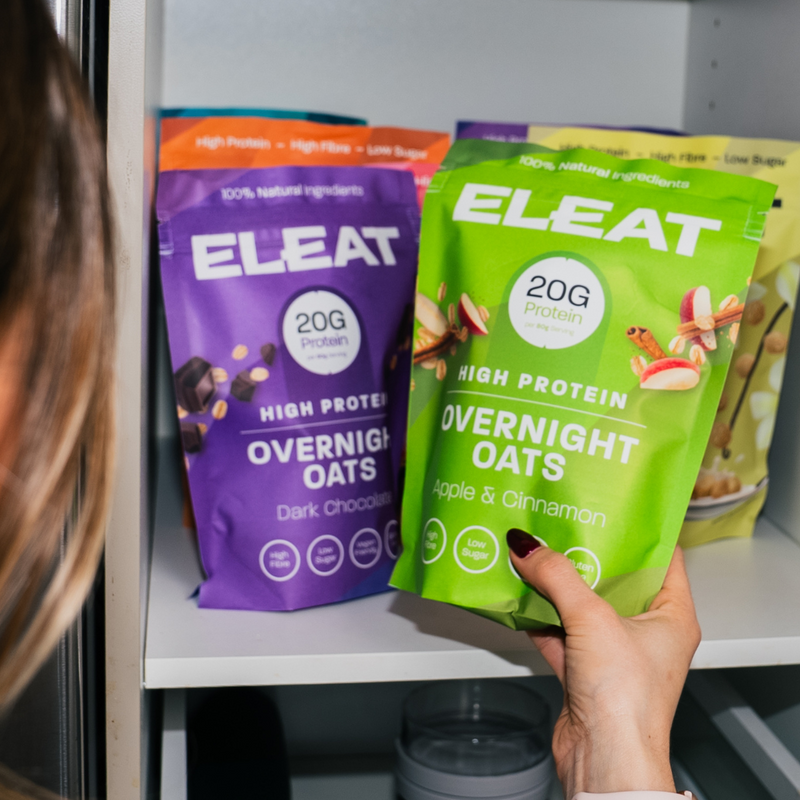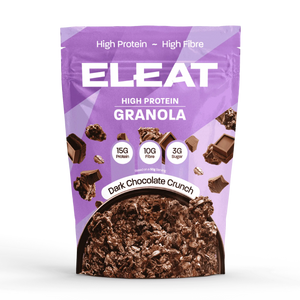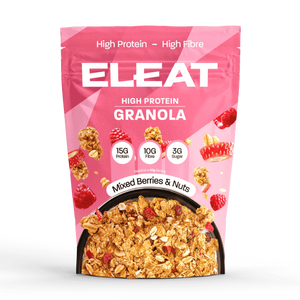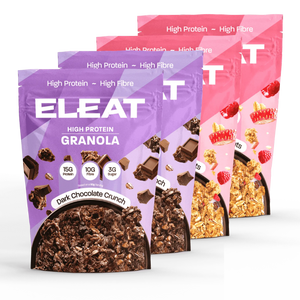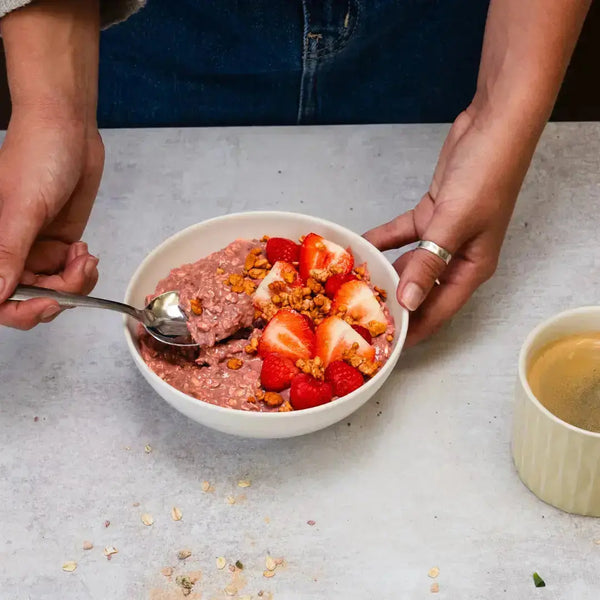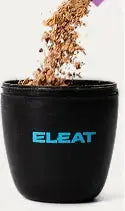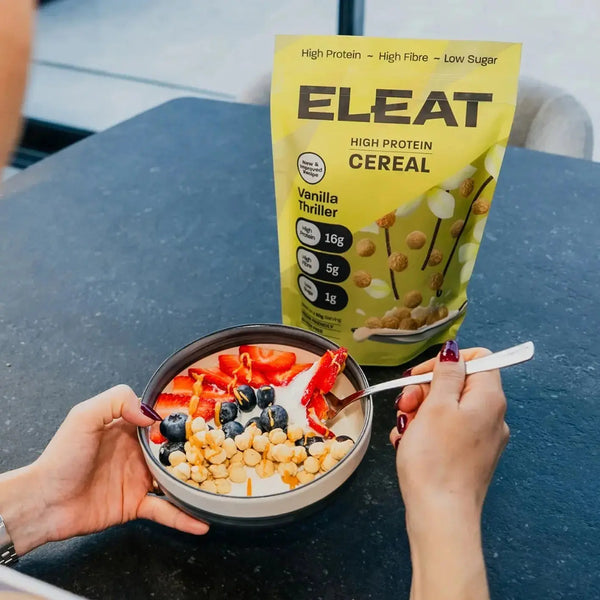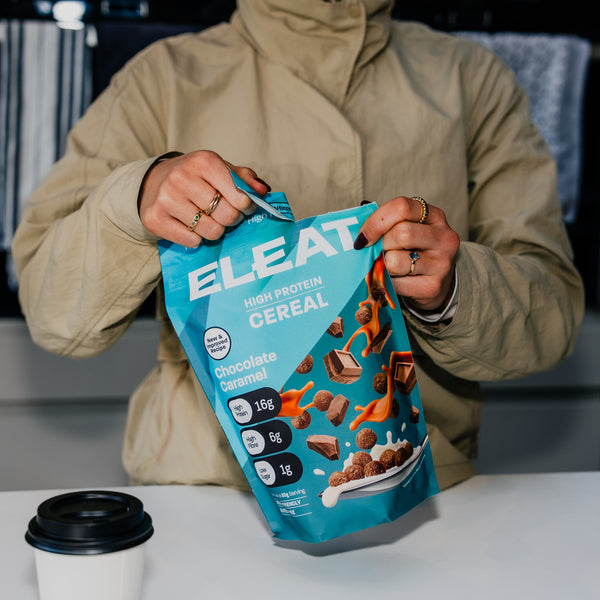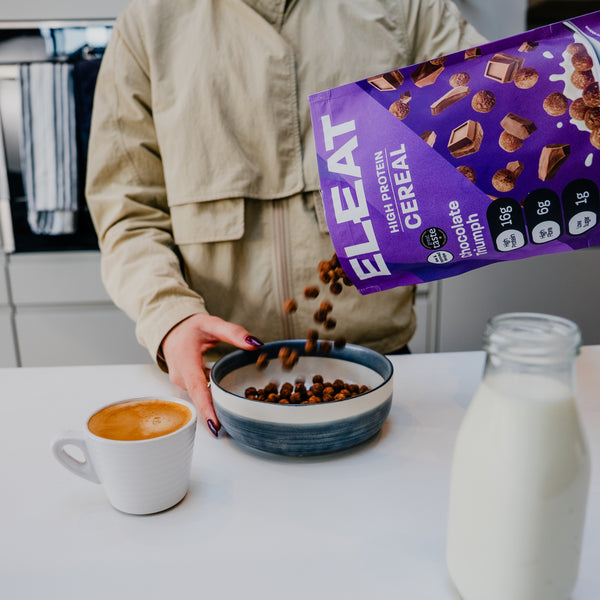In this article:
Protein granola has become a go-to snack for fitness enthusiasts and health-conscious individuals looking to fuel their day with a nutritious and satisfying option. Marketed as a protein-rich alternative to traditional granola, it promises to offer both energy and muscle-building benefits in one crunchy bite.
Protein is a crucial macronutrient that plays a vital role in muscle repair, satiety, and overall bodily functions. With so many high-protein products on the market, many wonder if protein granola truly lives up to its name. In this article, we’ll explore how much protein is actually in protein granola, compare different varieties, and determine if it’s a good source of protein.
What is Protein Granola?
Granola is typically made from oats, nuts, seeds, and sweeteners, often baked to a crispy texture. What sets protein granola apart is the intentional boost in protein content, usually achieved by adding protein-rich ingredients such as:
Oats – A natural source of protein and fibre.
Nuts and Seeds – Almonds, peanuts, chia seeds, and flaxseeds contribute plant-based protein.
Protein Powders – Some brands add whey, soy, or pea protein to increase the protein content.
Nut Butter – Peanut butter or almond butter enhances both flavour and protein levels.
These ingredients collectively increase the protein count per serving, making protein granola a potentially beneficial addition to a balanced diet.
How Much Protein Does Protein Granola Contain?
The protein content in granola can vary significantly depending on the brand and ingredients used. Here’s a general breakdown:
Store-Bought Protein Granola: Typically contains 8-15 grams of protein per 50g serving.
Homemade Protein Granola: This can be customised with extra nuts, seeds, and protein powder, ranging from 10-20 grams of protein per serving.
Traditional Granola: Usually contains around 3-6 grams of protein per serving, making protein granola a more protein-dense option.
However, not all protein granolas are created equal. Some brands focus on high protein content but may contain added sugars or artificial ingredients. It’s essential to read nutrition labels to ensure you're getting the best option.
Is Protein Granola a Good Source of Protein?
While protein granola does contain more protein than regular granola, how does it compare to other high-protein foods? Here’s a quick comparison:
Greek Yogurt (150g serving): ~15-20g protein
Eggs (2 large): ~12-14g protein
Protein Bars: ~15-25g protein
Protein Granola (50g serving): ~8-15g protein
Pros of Protein Granola:
One of the biggest advantages of protein granola is its convenience. It can be easily incorporated into meals or enjoyed as a standalone snack. Additionally, it provides a balanced combination of protein, fibre, and healthy fats, which can help keep you full and satisfied. Its versatility also makes it appealing - whether sprinkled over yoghurt, mixed with milk, or eaten straight from the bag, it’s an easy way to add extra nutrients to your diet.
Cons of Protein Granola:
Protein granola also has some drawbacks. Many commercial varieties contain added sugars or preservatives, which can diminish their nutritional value. Despite its higher protein content compared to regular granola, it still lags behind dedicated protein sources like eggs, dairy, or lean meats. Also, granola is often calorie-dense, so portion control is crucial to avoid excessive calorie intake.
While protein granola can be a part of a high-protein diet, it’s best when combined with other protein-rich foods to meet daily protein needs.
How to Choose the Best Protein Granola
Not all protein granolas are made the same, so here are some tips for choosing the best one:
Check the Protein Content: Aim for at least 8-10g of protein per serving.
Watch the Sugar Levels: Avoid products with more than 5-7g of added sugar per serving.
Look for Whole Ingredients: Oats, nuts, seeds, and natural sweeteners are ideal.
Avoid Artificial Additives: Opt for brands with minimal preservatives and fillers.
To boost your protein intake even further, consider pairing granola with:
Greek yoghurt or cottage cheese for an extra protein punch.
Milk or a protein shake instead of eating it dry.
Additional nuts or seeds to enhance both protein and healthy fats.
Conclusion
Protein granola can be a nutritious and tasty option for those looking to increase their protein intake, but it’s important to choose wisely. While it provides more protein than regular granola, it may not be as protein-rich as other sources like eggs or Greek yoghurt. By selecting high-quality protein granola and pairing it with complementary foods, you can make it a valuable part of your diet.
Next time you grab a bag of protein granola, take a closer look at the nutrition label and make an informed choice to fuel your body the right way!
